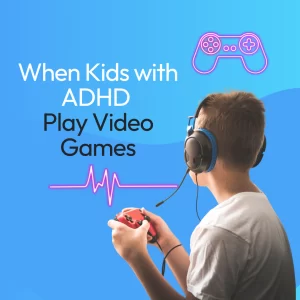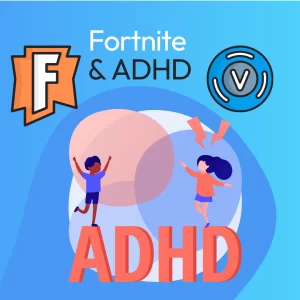We are more comfortable doing when doing familiar things. Familiarity make us feel safe. Consider the way in which you drive to familiar places: when the route between point A and point B is known, we are unlikely to try a new route. After all: if there were a more efficient way of getting home, wouldn’t we already be doing it? We rightly assume that the payoff of trying something new is likely to be not worth the risk. After all, the nature of experimentation is that most of the time, things don’t work out. If we listen to one hundred new songs, we may only really latch on to a couple of them. We are unlikely to embrace the mistakes we make.
Skipping over a song we don’t fancy is no problem but we feel differently about mistakes. Making a mistake is generally something we try to avoid. Students too often view mistakes as something to feel ashamed or embarrassed about, humiliated by, or fearful of. Mistakes are often not embraced because they are not encouraged. Too often, mistakes are actively discouraged. The truth is that making mistakes is a critical part of how people learn. Mistakes are crucial pieces of information that force us to reconcile our actions with unanticipated outcomes, and help us forge ever more accurate and robust solutions.
How our brains respond to Mistakes
The part of our brain that is responsible for learning and memory—the hippocampus—can help us understand mistakes. Cells in this area of the brain are able to identify when there is a “mismatch” between our memory and the current environment. When you just can’t seem to find your car, everything in the parking garage looks familiar, but you feel that you are NOT in the right place. The feeling even happens before you are aware. Before we are consciously aware we are getting “warmer,” we start to unconsciously recognize the environment that is around our car as correct.
Mistakes trigger the same types of processes. “Error neurons’ are part of our brains way of signaling when we are moving in the wrong direction. Within milliseconds of any error, these “Error” cells respond in direct proportion to the size of the mistake. These cells also trigger new connections to be made in our brains when we make mistakes. We can’t help but learn from our mistakes!
Where the fear of mistakes come from
When we structure learning environments for young people to make mistakes, we maximize the potential for learning. Acknowledging and accepting that failing is scary is the first step to incorporating failure into the process of learning. The fear of error comes from a place that is ancestral. When our early ancestors made mistakes, it often meant they paid the price with their life. Being revealed/labeled as incompetent can also lead to a downward spiral of anxiety and performance issues, as well. And our brains respond to this type of event…with fear. The same type of negative emotion you experience when you find a spider, is the same neural process that happens after a mistake. When students make a mistake, we must support them in rooting out negative thoughts like “I am stupid,” and replace them with the thought “I am learning.”
The problem with only exploring territory that we understand is that we have very little to gain from that territory. If we map out everything around us the danger might be moderated, but so is the gain. We are unlikely to get trapped by something unexpected, but we are also unlikely to learn something new. The problem with unexplored territory, however, is that it is dangerous. We don’t know what lurks around the corner.
What can we do about it?
The solution to this problem is to stay at the border of what we know and what we do not yet know. Psychologists call this space the “the zone of proximal development.” It is the space at the edge of our knowledge. Failure is common when we are pushing ourselves to the edge of our abilities. When we must use everything we know to extrapolate an answer about something unknown our learning is made as efficient as possible. When a problem is easy to solve, or familiar, a student feels confident and empowered. But when a problem is more difficult to solve and a student feels confident in their abilities they are likely to give it a try. And when an error is made, the student and teacher can diagnose the error, and incorporate the solution into future problems.
Embrace the error
When students make mistakes, our first inclination might be to “correct” them. Showing them that their answer was not correct, how and why it is was not correct, and giving them an understanding as to how to find the correct solution. What if students had the freedom to make errors? If students learned in a classroom where mistakes are encouraged versus corrected. Errors are commonplace. Everyone makes mistakes. Even teachers writing at blackboards has been shown to model mistakes to the class, normalizing mistake making to students in a way that humanizes the experience.
Embracing the commonplace of error will make our students better learners and our teachers’ better teachers. When we are able to take risks without fear of reprisal or humiliation, the classroom becomes a place where experimentation is encouraged and “risks” appear to have smaller consequences.



